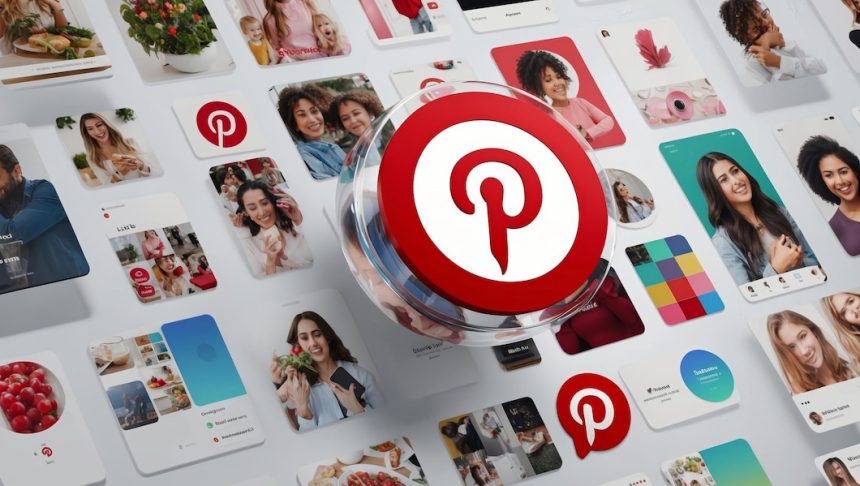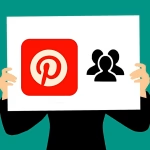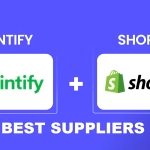If you thought Pinterest was just for finding DIY projects or planning dream vacations, think again. In 2025 and beyond, Pinterest affiliate marketing strategies have evolved into a powerful way for beginners to earn passive income—without needing a blog or thousands of followers.
With over 553 million active users searching for ideas and products daily, Pinterest offers a goldmine of opportunities for affiliate marketers.
The best part? It’s a visual search engine, meaning the right pin with the right strategy can drive massive traffic and sales.
In this guide, we’ll break down simple yet effective Pinterest affiliate marketing strategies for beginners—helping you create clickable pins, optimize your boards, and boost your affiliate commissions.
Whether you’re just starting or looking to level up, this is your roadmap to turning pins into profits.
Why Pinterest is a Powerful Platform for Affiliates
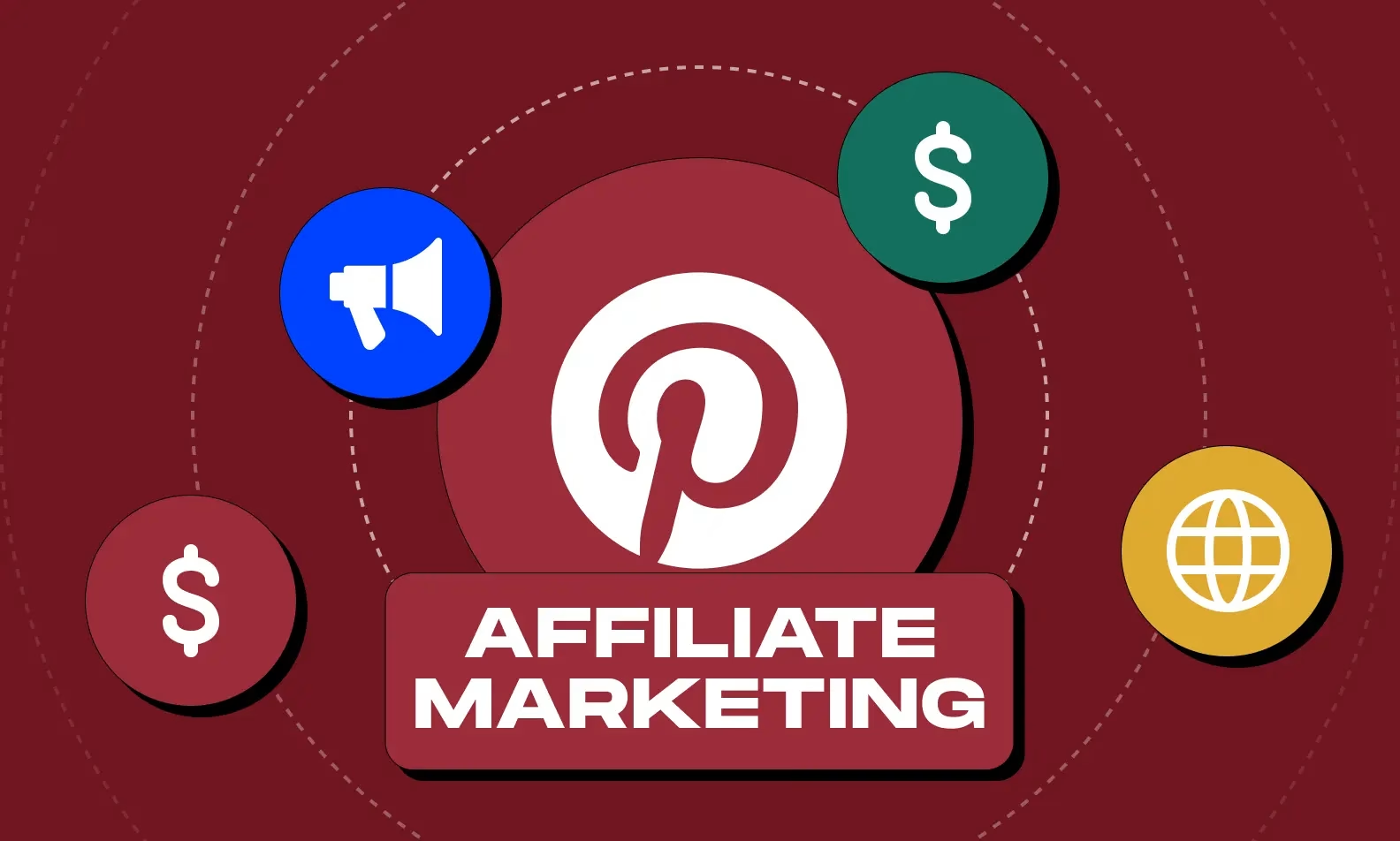
Pinterest stands out as a force for affiliates. With its visual format, it’s ideal for showcasing products. Users come to Pinterest seeking ideas and items to improve their lives.
They are ready to buy, making it a prime spot for affiliate links. As pins often stay relevant for months, they have more lasting power than other platforms.
Pinterest also targets a largely female audience, which is key for many brands. Thus, affiliate marketers can thrive here.
Setting Up Your Pinterest Account for Success
:max_bytes(150000):strip_icc()/ScreenShot2020-03-12at9.58.29AM-63e2fa3f290745d0802e162875b304ba.jpg)
Optimizing Your Profile for Affiliate Marketing
To succeed in affiliate marketing on Pinterest, start with a polished profile. Use a professional picture that reflects your brand.
Your bio should be concise but informative, highlighting your niche.

A clear and direct link to your website or landing page is crucial. Also, include relevant keywords that can help users find you easily.
As for your username, ensure it’s memorable and aligned with your brand.
Creating Boards That Attract Clicks

Creating boards on Pinterest that attract clicks is crucial. Consider the following:
- Start with engaging themes.
- Use keywords in your board titles and descriptions. This helps in search results.
- Tailor your boards to your niche audience.
- Pin content regularly to keep boards fresh.
- Repin popular content to increase visibility.
- Use high-quality images to stand out.
- Curate pins that provide value to followers.
- Align board topics with the affiliate products you promote.
Remember, appealing boards increase the likelihood of clicks and sales.
Crafting Pins That Convert

Designing Eye-Catching Pins
Creating pins that grab attention starts with design. Use bold colors and clear fonts to make your pin pop. High-quality images are a must to stand out. Add your affiliate product in a way that looks natural. Make sure the image relates to the content of your pin.
Balance text and visuals so your message is clear but not cluttered. Remember, simple designs can be the most striking. Test different layouts to see what works best.
Think like a user – would this pin make you want to click?
Writing Compelling Descriptions and CTAs
To craft pins that drive affiliate sales on Pinterest, compelling descriptions and CTAs are key among Pinterest affiliate marketing strategies. Start by making your pin descriptions informative yet succinct.
They should communicate the benefits of clicking through. Use persuasive language that speaks to the viewer’s interests or needs.
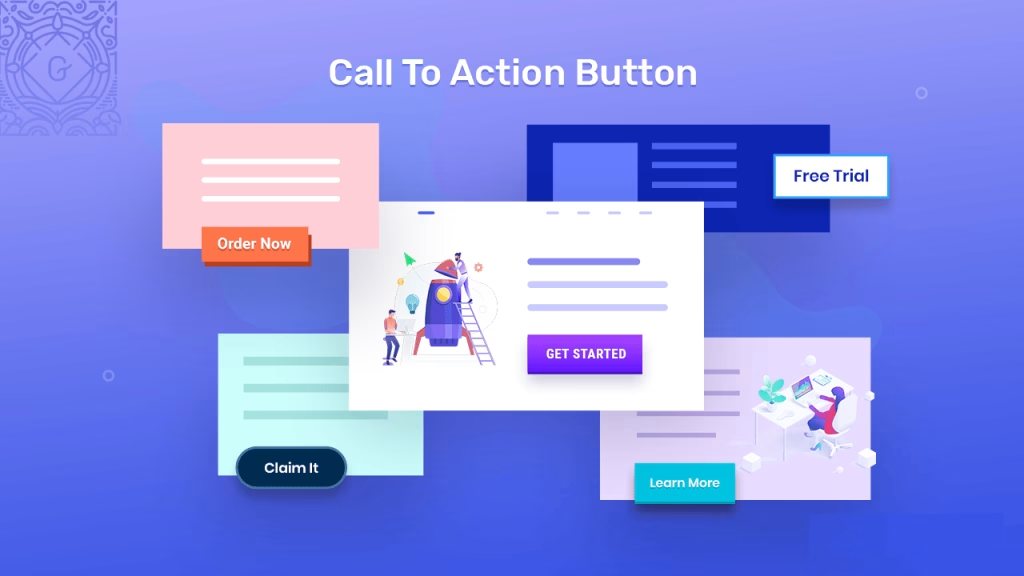
Include a strong call-to-action (CTA) that encourages users to learn more or to make a purchase.
Words like ‘Discover,’ ‘Shop Now,’ or ‘Get Yours Today‘ can be effective. Always ensure that your CTA stands out, whether by using a different font color or including it at the end of your description.
The goal is to entice Pinterest users to take the next step, all while staying genuine and transparent about what you’re promoting.
Advanced Pinning Strategies
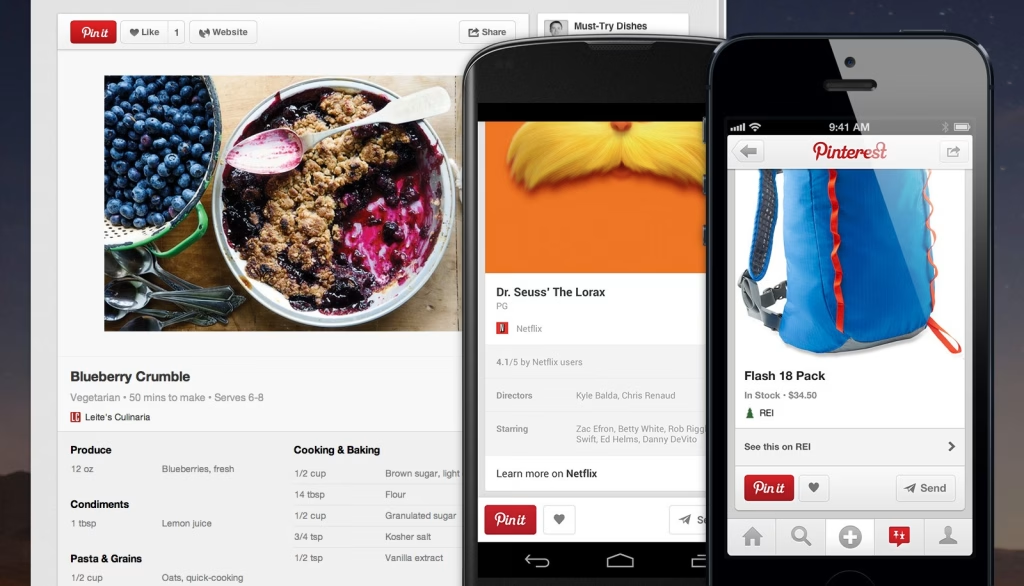
Utilizing Rich Pins for Higher Engagement
Rich Pins are a game-changer for affiliate marketers on Pinterest. They add extra details to pins from your website, making them more informative and enticing to users.
Rich Pins can automatically pull in data like prices and product availability, which keeps your content fresh without extra effort.
To use Rich Pins, you’ll need to validate your website with Pinterest and apply for them. Once approved, Rich Pins updates in real time, which is particularly useful for product changes.
High engagement often follows because Rich Pins stand out in a sea of regular pins. They not only increase your credibility with Pinterest users but also potentially lead to higher click-through rates for your affiliate products.
While setting them up requires a bit more work upfront, the payoff in user engagement and affiliate revenue can be significant.
Strategic Pinning Times and Frequency
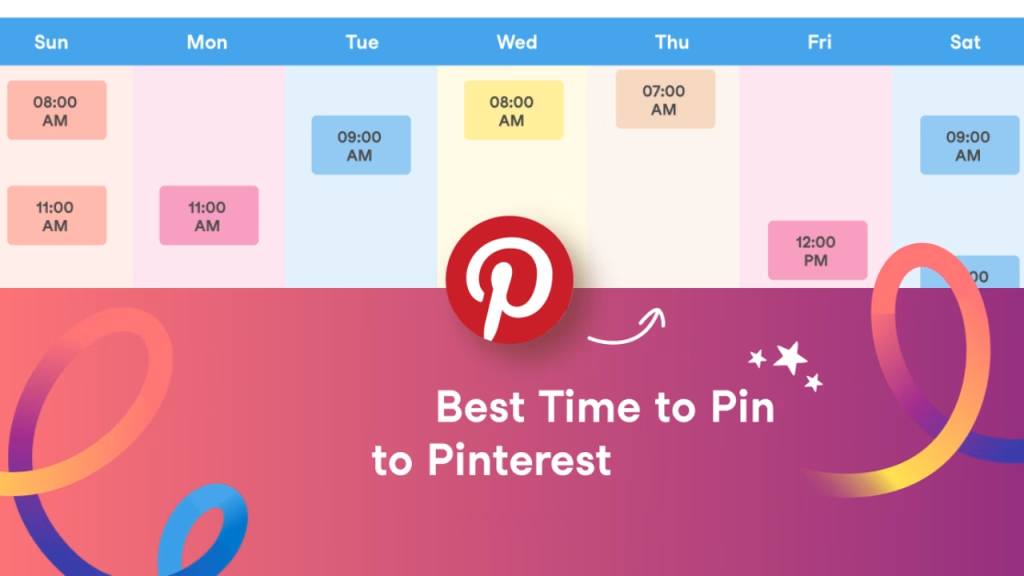
To maximize affiliate marketing success on Pinterest, timing is everything. Knowing when your audience is most active can lead to more engagement and clicks.
- Pin during peak times, which are often in the evening and on weekends.
- Analyze your Pinterest analytics to identify when your pins get the most traction.
- Be consistent with pinning, but avoid flooding your followers’ feeds.
- Pin fresh content regularly to boost your visibility in followers’ home feeds.
By pinning strategically, you can increase the chances that your content will be seen and acted upon, driving more traffic to your affiliate products.
Best Tools for Pinterest Affiliate Marketing
Success in Pinterest affiliate marketing isn’t just about pinning — it’s about using the right tools to create, schedule, and track your pins effectively.
Let’s explore some game-changing tools (including AI-powered ones!) that can simplify your workflow and boost your affiliate income.
1. Canva (For Pin Design)
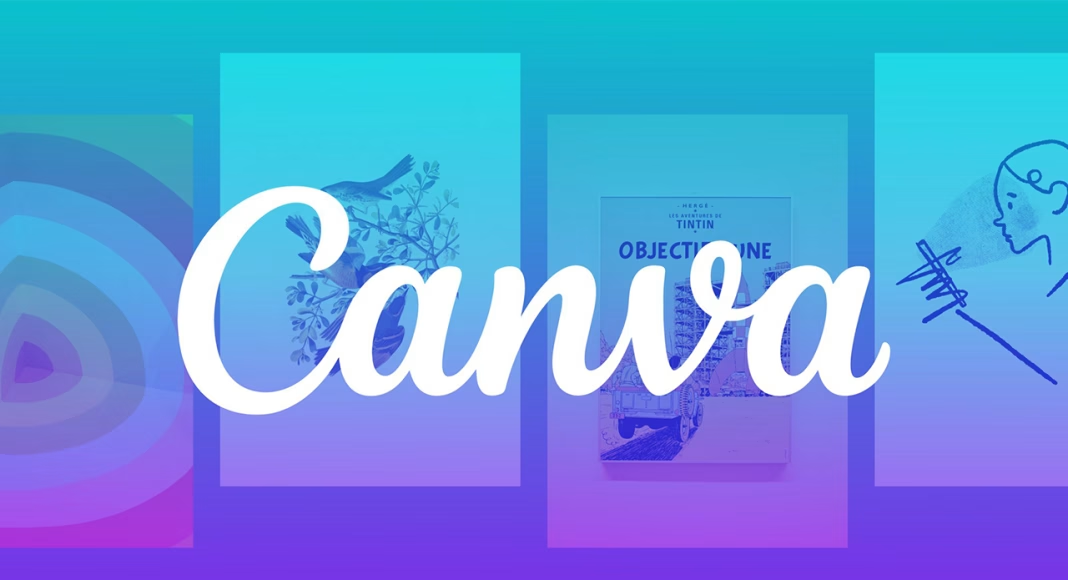
Canva makes creating eye-catching Pinterest pins easy with its drag-and-drop editor and ready-made templates. You can design scroll-stopping graphics, add brand colors, and experiment with text overlays — no design skills needed!
👉 Try Canva for free and start designing stunning affiliate pins today!
2. ThirstyAffiliates (For Managing Affiliate Links)

Managing affiliate links can get messy, but ThirstyAffiliates helps you cloak long URLs, organize them, and track clicks—all from your WordPress dashboard. It’s perfect for Pinterest affiliate marketers who also use a blog or website.
Plus, you can easily update affiliate links without editing every pin.
👉 Simplify your affiliate link management with ThirstyAffiliates — check it out now!
3. Tailwind (For Scheduling Pins)
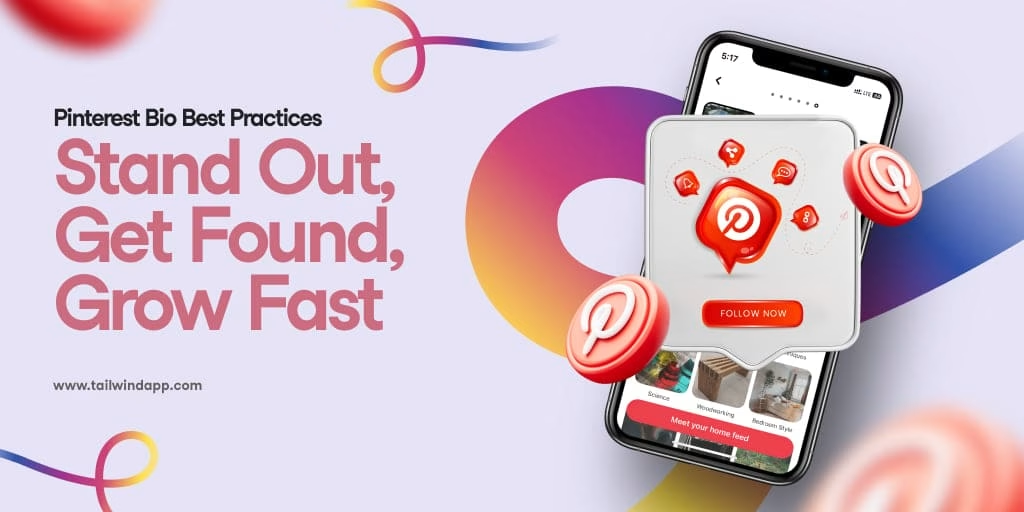
Tailwind is an official Pinterest partner that helps you schedule pins in advance, find the best posting times, and join Tailwind Communities to expand your reach. It’s a must for staying consistent without being glued to Pinterest all day.
👉 Boost your pinning strategy with Tailwind — sign up for a free trial!
4. ChatGPT or Writesonic (For Pin Descriptions & SEO)
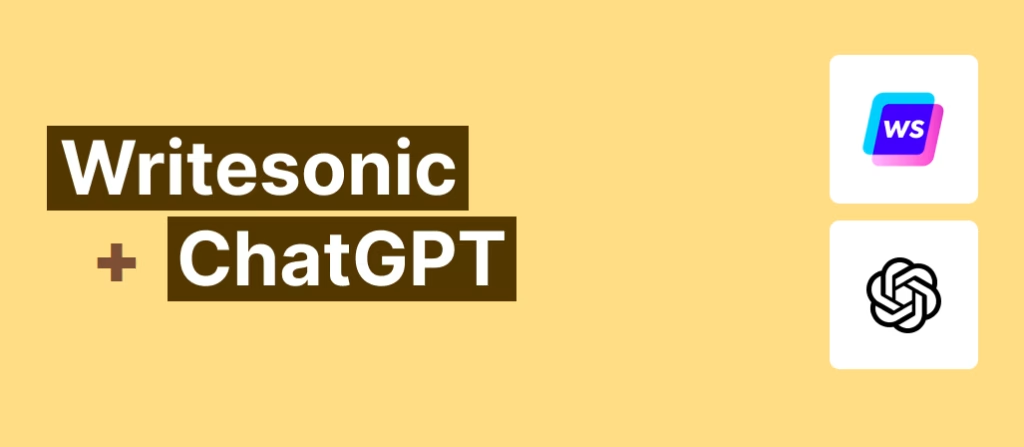
Struggling with pin descriptions? AI tools like ChatGPT and Writesonic generate keyword-rich, engaging pin titles and descriptions in seconds. Simply provide a product or topic, and let AI craft an optimized copy that ranks and converts.
👉 Supercharge your Pinterest SEO with AI — try Writesonic or ChatGPT now!
5. Pinterest Trends (For Finding Popular Keywords)
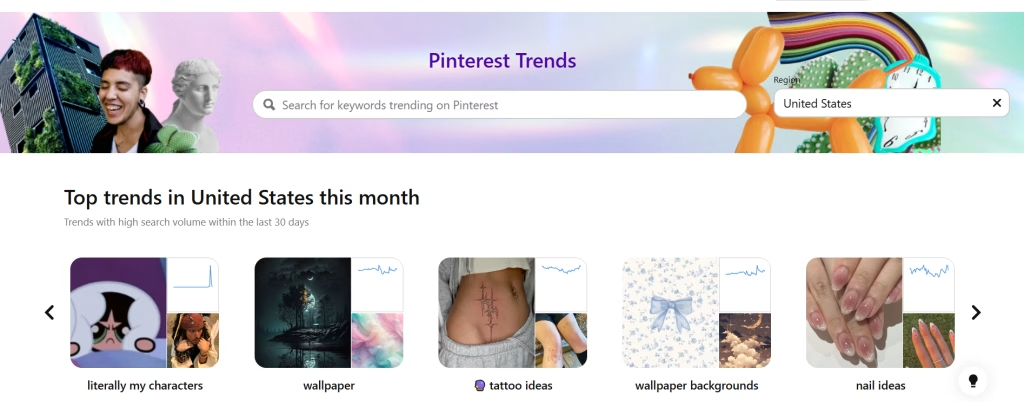
Pinterest Trends shows what people are searching for in real-time, helping you spot trending products or topics. Use these insights to craft affiliate pins that align with what’s hot, giving your content a better chance to go viral.
👉 Explore Pinterest Trends and get ahead of what’s trending!
6. Bitly (For Tracking Affiliate Links)
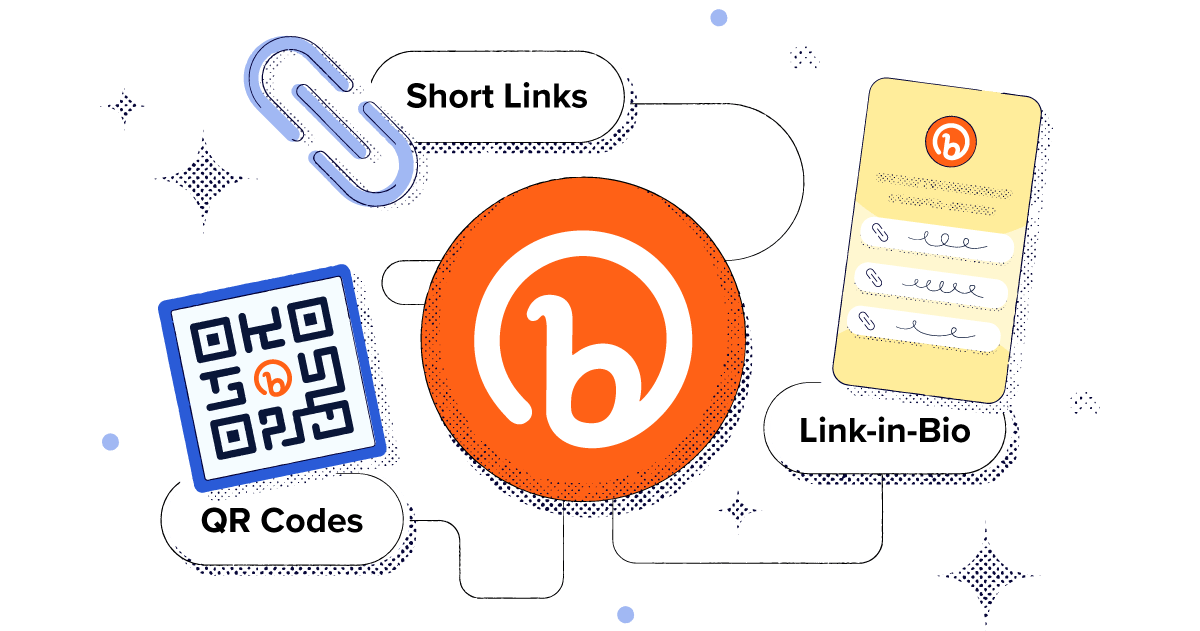
Want to know which pins are driving clicks and commissions? Bitly lets you shorten, brand, and track your affiliate links. This data helps you identify what works so you can double down on successful strategies.
👉 Track your affiliate links like a pro — start using Bitly for free!
7. Jasper AI (For Creating Blog Content & Idea Pins)

If you’re expanding your strategy with Idea Pins or blog content, Jasper AI generates engaging post ideas, headlines, and product descriptions tailored to Pinterest’s audience. It’s perfect for scaling your content creation fast.
👉 Create high-converting content with Jasper AI — check it out today!
Why use these tools?
- Save time: Automate pin scheduling, track performance, and create content in minutes.
- Boost visibility: Use AI and SEO insights to get your pins in front of more eyes.
- Increase earnings: Optimized pins and smart tracking mean more affiliate clicks — and commissions.
Level up your Pinterest affiliate marketing strategies with these powerful tools — because smart marketers don’t just pin, they pin strategically.
Leveraging Analytics to Refine Your Approach

Monitoring Your Pins’ Performance
To master affiliate marketing on Pinterest, monitoring the performance of your pins is key. Start by checking how many views, clicks, and saves each pin gets. Look for patterns in what content resonates with your audience.
Use Pinterest Analytics to track which pins drive the most traffic to your affiliate links. Revise pins that underperform and model successful ones.
Tailor your strategies to what the data tells you. This is how you refine your approach for better results.
Adapting Strategy Based on Analytics Insights
Harnessing the power of analytics is vital for affiliate marketing success on Pinterest. By studying metrics, you can see which pins perform best. This insight lets you craft more effective strategies.
Note trends in clicks and engagement. Then, refine your pinning approach to boost conversions. Adjust content themes, pin designs, and even posting times based on data. Keep what works and ditch what doesn’t.
This smart use of analytics will fine-tune your affiliate efforts. It ensures that your strategy evolves with your audience’s preferences.
Collaborating with Brands and Influencers

How to Approach Brands for Affiliate Partnerships
To secure lucrative affiliate partnerships, approach brands with a clear plan. First, build a strong Pinterest presence. Show brands your follower count and pin engagement.
Craft a proposal that aligns with their image and goals. Highlight how your Pinterest expertise can boost their brand. Tailor each pitch to reflect the unique value you bring.
Always be professional and ready to discuss specifics like commission rates and marketing strategies. Remember, persistence pays off, so don’t get discouraged by rejections.
Keep refining your approach.
Working with Influencers to Boost Your Campaigns
When it comes to boosting your affiliate campaigns on Pinterest, joining forces with influencers can be a game changer.
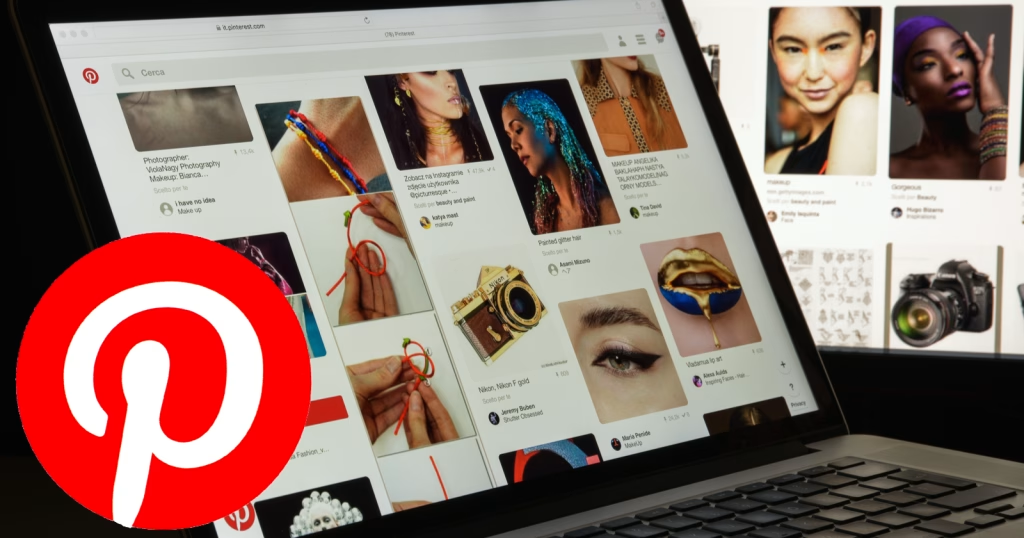
These savvy individuals have sizable followings and can get your pins seen by more eyes. Start by identifying influencers who align with your niche and have engaged audiences.
Reach out to them with a clear, concise pitch that highlights the benefits of collaboration for both parties. Consider offering a commission or a free product as an incentive.
Make sure to create content that feels organic to the influencer’s style while also showcasing your affiliate products effectively.
Together, you can create pins that not only look great but also drive clicks and sales.
Comply with Pinterest and FTC Guidelines
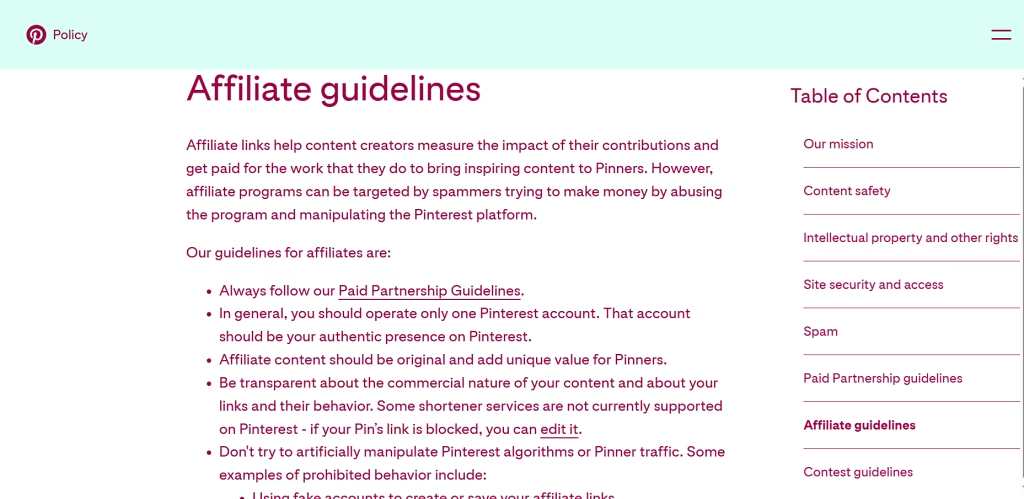
Understanding the Do’s and Don’ts of Affiliate Links
To stay within the rules, you must know the do’s and don’ts of affiliate links.
First, always disclose your affiliate relationship. Pinterest requires clear disclosure on your pins. Use simple phrases like ‘#ad’ or ‘Sponsored’ to show paid content.
Also, don’t try to mask or shorten your affiliate links. Pinterest and the FTC want transparency.
Avoid spammy tactics or excessive posting of affiliate links. Stick to quality content that provides value. And, importantly, follow the specific guidelines set by both Pinterest and the FTC for a safe and compliant affiliate marketing practice.
By following these rules, you maintain trust with your audience and stay on the right side of the guidelines.
Ensuring Transparency with Your Audience
Ensuring transparency with your audience is crucial in affiliate marketing. It builds trust and shows respect to your followers. Always disclose your affiliate relationship with clear language in your posts. Add a simple disclaimer, such as ‘This is an affiliate link, ‘ near your links.
Refer to Pinterest and FTC guidelines for the proper wording. Use honesty in all your promotions to maintain integrity and comply with regulations.
Scaling Your Affiliate Marketing Efforts on Pinterest

Diversifying Your Affiliate Portfolio
To upscale your affiliate marketing on Pinterest, it’s crucial to diversify. Here’s how:
- Explore various niches that align with your interests and Pinterest trends.
- Partner with multiple affiliate programs to reduce dependency and increase income sources.
- Promote products from different categories to cater to a wider audience.
- Regularly assess the performance of different affiliate products. Invest more in those with higher returns.
Using Promoted Pins to Increase Reach
To expand your Pinterest affiliate marketing strategies, Promoted Pins can be vital. This paid feature boosts your Pin’s visibility to a broader audience. It’s like a shortcut to reach more people fast.
When you use Promoted Pins, you target your ideal customer. You can set it up based on their interests, habits, and searches. This makes sure your content is seen by those most likely to click.
But, just like any ad, you need to track how well they’re doing. Measure their performance, tweak your strategy, and get the best results for your spending.
Parting Shot
Pin it to win it!
By following these simple Pinterest affiliate marketing strategies, you’re well on your way to turning your passion for visual content into a profitable venture.
Keep in mind that the key to success lies in creating high-quality, engaging pins that resonate with your audience. So, get pinning, and watch your income soar!
FAQs
1. What is Pinterest affiliate marketing?
Pinterest affiliate marketing is a way to earn money by sharing affiliate links through pins. When someone clicks on your pin and makes a purchase, you earn a commission. It’s a beginner-friendly method since you don’t need a blog or website—just a Pinterest account and a solid strategy.
2. How do Pinterest affiliate marketing strategies work?
These strategies focus on creating visually appealing pins, using SEO-friendly keywords, and linking directly to affiliate products or blog posts with affiliate links. The goal is to drive traffic to your pins and convert that traffic into commissions.
3. Can beginners make money with Pinterest affiliate marketing?
Absolutely! Pinterest is great for beginners because it’s easy to use and doesn’t require a large following. With the right strategies—like designing click-worthy pins and using targeted keywords—you can start earning passive income, even as a newbie.
4. Do you need a blog for Pinterest affiliate marketing?
No, a blog is optional. While having a blog can boost your affiliate marketing efforts, you can share affiliate links directly in your pins. Just make sure to follow Pinterest’s guidelines and disclose your affiliate partnerships.
5. How do you create a Pinterest affiliate pin?
To create an affiliate pin, design a high-quality vertical image (1000x1500px works best), add a keyword-rich title and description, and include your affiliate link. Eye-catching graphics and strong calls-to-action (like “Shop Now” or “Learn More”) can improve clicks.
6. What are the best Pinterest affiliate marketing strategies for 2025?
Some of the most effective strategies include:
- Using trending keywords in your pin titles and descriptions
- Creating multiple pins for the same product to test designs
- Joining group boards to expand your reach
- Leveraging idea pins to build engagement and trust
- Consistently pinning (manual or scheduled) to stay active on the platform
7. Is Pinterest affiliate marketing allowed?
Yes! Pinterest allows affiliate marketing, but you must follow their rules—like clearly disclosing affiliate links in your pin descriptions. Avoid spammy behavior and always provide value to your audience.
8. How often should I pin affiliate links?
Consistency is key. Aim to pin daily—around 5 to 15 pins per day—mixing affiliate pins with other helpful content. Scheduling tools like Tailwind can help you stay active without spending hours on the app.
9. How do I get traffic to my Pinterest affiliate pins?
Boost your pin traffic by:
- Using Pinterest SEO (adding keywords to titles, descriptions, and boards)
- Creating eye-catching pin designs
- Joining niche-specific group boards
- Engaging with others by repinning and commenting
10. How long does it take to make money with Pinterest affiliate marketing?
It varies! Some beginners see results in a few weeks, while others take months. Success depends on how consistent and strategic you are. Focus on mastering Pinterest affiliate marketing strategies, and your income will grow over time.

